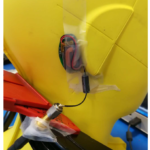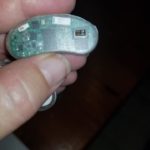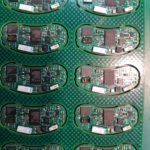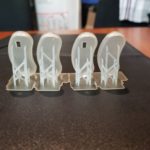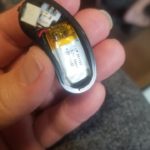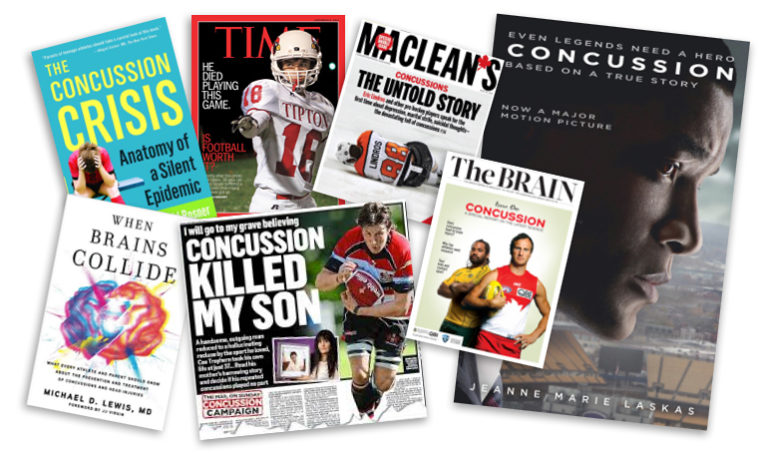
In 2013 a young rugby player died from Second Impact Syndrome (https://www.ncbi.nlm.nih.gov/pmc/articles/PMC6536829/ )– this is when a first head impact resulting in a concussion goes unnoticed, unreported and therefore untreated, and a second head impact occurs within a few days of the first, thus causing more brain swelling and damage.
It is estimated that a sports related brain impact occurs every 13 seconds, (we anticipate this rising once we go back to training and games after Covid 19) and over 50% will go unnoticed, unreported, untreated and untracked.
These injuries can cause lifelong problems, they can lead to anger issues, depression, drug abuse, suicide and death.
Bill 193- https://www.ola.org/en/legislative-business/bills/parliament-41/session-2/bill-193 exists in Ontario, whereby the Ontario government created legislation to ensure any noticed brain impact are to be recorded and follow a defined process before an athlete can return to the sport.
Our Story
To this end, we have spent the past fewyears researching and developing the intelibean and brain impact tracking system.
Not everyone is on board with a solution for unnoticed brain impacts, and the conversation around concussion are complicated and often emotive.
There are so many nuances to brain impacts, like, the long term effects, losing a star player, potential careers, and peer pressure.
There are advocates that would have us wrap our athletes in cotton wool and remain on the couch, and there are those, who would prefer to bury their heads in the sand and believe TBI (traumatic brain injury) does not exist.
Head impacts can only be diagnosed by a medical practitioner. It is not a “disease”, like mumps, or measles, but rather a symptom i.e ringing in the ears, light sensitivity, unable to sleep, nausea… there are 22 known and recognized concussion symptoms, of which any one or more can deliver a concussion diagnosis.
Our research tells us, that there is no “one size fits all” concussion, diagnosis or treatment, and helmets, although mandatory in many sport, will stop a cut or a gash, but will not stop the brain from moving in the skull, hitting and vibrating in the skull.
Our decision was therefore not to design an impact tracking solution that would fit into a helmet, but rather something that would attach directly to the skin.
Our goal to get all sports to mandate the use of a head impact alerting and tracking solution.fewfew
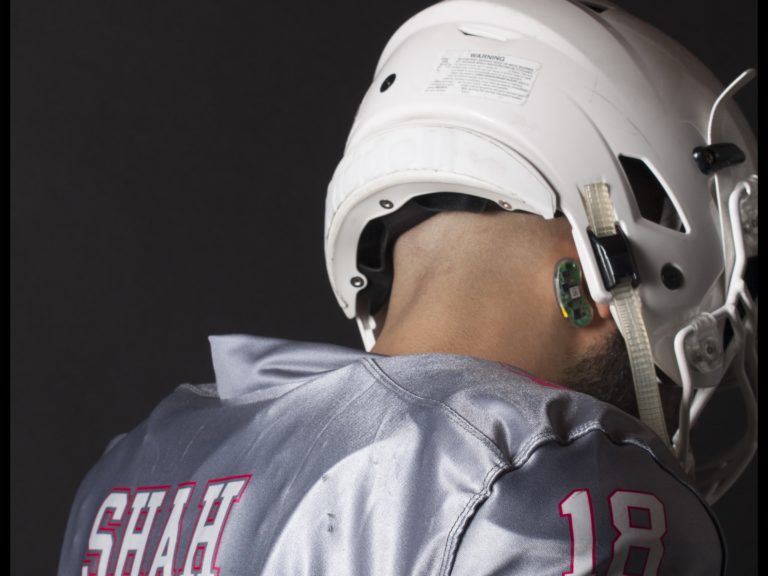
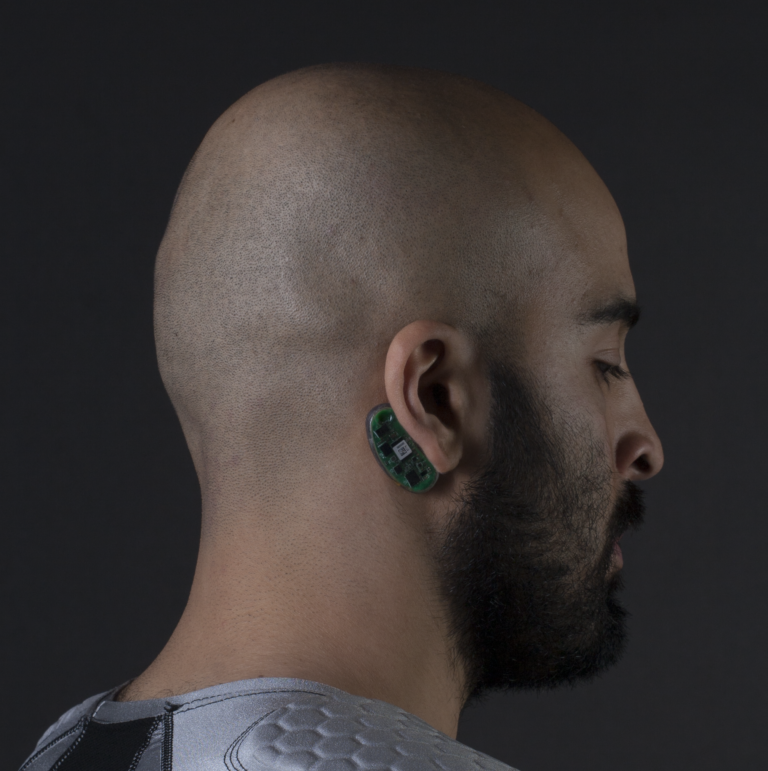
We are a team of committed parents, engineers, and sport enthusiasts.
Our wearables are created to find solutions to problems that keep us up at night and based on our research, keep many others awake at night as well.
Between us have over 100 years of working experience, a couple of MBA’s, a couple of engineers, patent holders, award winners, Fortune 500 exits, but most importantly we are passionate, driven entrepreneurs. One of us even has product in space!
Our goal is to create wearable solutions to ensure the well being of our loved ones, no matter how old they are, or where they are.

Started her working career at Friends and Lovers a gift store owned by her Mom. She completed her corporate working career at Boot pharmaceuticals where she was responsible for the MRP, inventory, purchasing and production scheduling. After leaving Boots, Denise took over the running of VASoft a telephony development company in South Africa owned by Denise and her husband Vaughn. Denise continued to lead the company until the family immigrated to Canada in 2011. During her time at VASoft, Denise was responsible for all aspects of the business, from sales, to training, human resource, business tools, finance and marketing. Being the CEO of a small family business ensures tenacity, creativity, and the ability to resolve any problem. Her relationship skills, customer care expertise, technology understanding and all-round business experience, ensures she is well poised to lead awarewear into the future.
Denise is responsible for business development, project management, procurement, manufacturing, customer service

As a young man growing up in the UK. Gareth’s passion for astronomy led him to the University of Birmingham. Graduating with an Honors Bachelor of Science degree in Physics and Astrophysics, Gareth began his career at GEC Research, designed first generation CCD image sensors which enabled the development of silicon chips to take pictures in devices like cell phones and space stations to make images clearer in real life situations. Gareth was called to Canada as a designer building a multi-spectral imaging system, a camera system for small aircrafts to map and measure the environment for pollution levels and crop health. He was also honoured to be part of the team generating visual images of the solar eclipse and the solar corona for the great Baja eclipse of 1991. Gareth was then recruited by Waterloo-based company DALSA as an Image Sensor Designer, where he contributed to the cameras used on the Shuttle Remote Manipulator System (Canadarm), used on the NASA Space Shuttle orbiters. Gareth’s earned a Master’s degree in in Business Administration from Wilfrid Laurier University and went on to design a radio frequency (RF) chip to optimize power usage for radios and cell phones, which he later patented. This work led to his design of RF chipsets for hearing aids and neuro stimulator design to implant and stimulate the brain. His work led to the first ever commercial system to allow hearing aids to talk to each other wirelessly.
Gareth is our resident MedTech/micro component expert.
BSc Hons Physics/Astrophysics
(University of Birmingham)
MBA (Wilfrid Laurier)
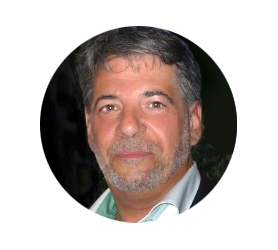
Ted Iannuzzi is a high-energy, accomplished business executive who has been instrumental in launching, growing and sustaining a market leadership position for disruptive companies in the tech sector for over 25 years. His distinct blend of creativity, market insight, product research and technical savvy results in strategies designed to help start-ups commercialize their technologies and compete in the global marketplace. Ted also Launched Canada’s first artificial reality lab, officially opened by Canadian Prime Minister Jean Chretien and has served as key account manager for marquee clients like Turner Broadcasting, NASA, Sony, Disney, Qualcomm, Sprint, AT&T, etc. Ted has also won multiple industry awards for software and mobile solutions including a Gold Mobile Award (Sweden), and two Webby Awards.
Ted looks after our executive management, creative direction, business and marketing strategy

From the young age of eight, Vaughn knew he wanted to be a communications engineer. Vaughn has been developing software since he was sixteen, developing his first software program for investment opportunities and his second, a human resource matching program for his wife, Denise. After completing his military service, Vaughn went on to study Electrical engineering at the University of Johannesburg, and started VASoft. VASoft won a number of awards in the telephony and Contact Center industry, and experienced many firsts- first SMS solutions, first IVR for share market, first crank call rejection solution, to name but a few. Today, the VASoft telephony solution makes and receives over a million calls per month. Vaughn has been involved in a number of bleeding edge technology projects over the past few years since arriving in Canada. awarewear has reignited his passion for hardware and firmware and has ensured his passion for innovation, and real time communications remains strong.
Vaughn is our innovations man. He looks after our software real-time communications, encryption & big-data
B.Eng (University of Johannesburg)

awarewear
CANADA
Call
+1 647-694-0463


